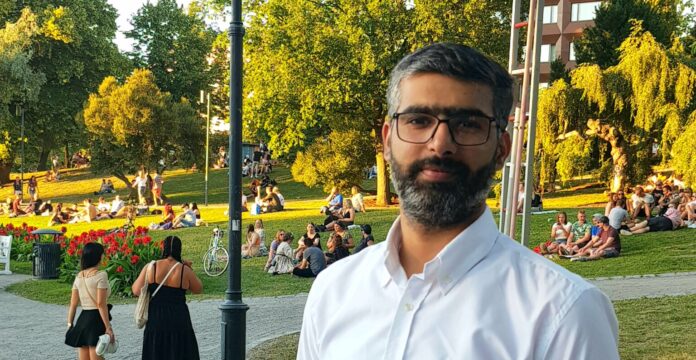The market economy and businesses can contribute to our efforts to solve the so-called grand challenges of society such as demographic changes, food security, sustainable energy, climate action, resource efficiency, inclusiveness and security.
Seija Virkkala is Professor of Regional Studies in the University of Vaasa. She has conducted regional innovation studies over the last 15 years.
However, not everything can be solved in market, so we need both social and political innovations. Social innovations serve as a mode of action and social change in the broader fields of society.
Innovations are created by networks of actors, as innovating firms require various skills, technologies and resources, some of which are outside the firm. Many resources are found near the firm, and the region is the best level to understand innovation processes.
Concepts like regional innovation system, regional cluster or regional innovation ecosystem describe the role of proximate relations and regional contexts of innovation processes. The most famous regional innovation system is Silicon Valley, but Italy, Spain, Denmark and Vaasa also house industrial districts that are active hubs for innovation.
In the Vaasa energy technology cluster, some firms have global and national innovation networks but are simultaneously regionally embedded, while other firms have mainly regional innovation networks.
Silicon Valley is a model region in innovation policies, but we know that Silicon Valley has unique character with joint production of information technology products, immigrant entrepreneurs, and high technology as innovation driver. Only a few regions have been able to follow this model. In regional development, a variety of innovation models are needed that are also focused on social and open innovation and citizen involvement.
The Innolab of the University of Vaasa and regional studies should analyse the different regional innovation ecosystems and build alternative models for Silicon Valley that can be used as a basis of learning and experimentation for regional developers in many type of regions.
Experiments can be based on models or good practices found in other regions. This is the focus of project LARS (Learning Among Regions on Smart Specialisation): to learn from other regions and conduct experiments based on good practices in innovation policies in other countries. Eight regions in the Baltic Sea Region are participating in this experiment of innovation policy and policy innovation.
Regional actors often know what works well and what is successful, but they have not made this information explicit. Therefore, researchers should codify the intangible good practices in regional innovation policies so that others can learn from them.
The precondition for functioning regional innovation system is the cooperation between companies, universities and public organisations, but there are often gaps in this cooperation. The potential good practices in innovation cooperation in another region provides inspiration to other actors elsewhere. The good practice of another region should be translated in the receiver’s regional context.
Learning is possible only by combining the good practice with place-based factors and local traditions. Transnational learning of good practices through experimentation is a potential policy innovation via which the regional competitive advantage can be enhanced.



